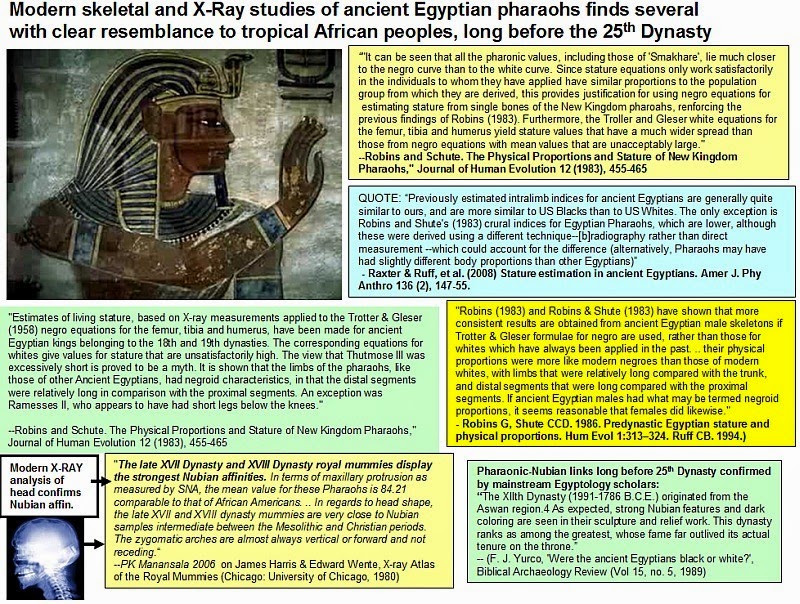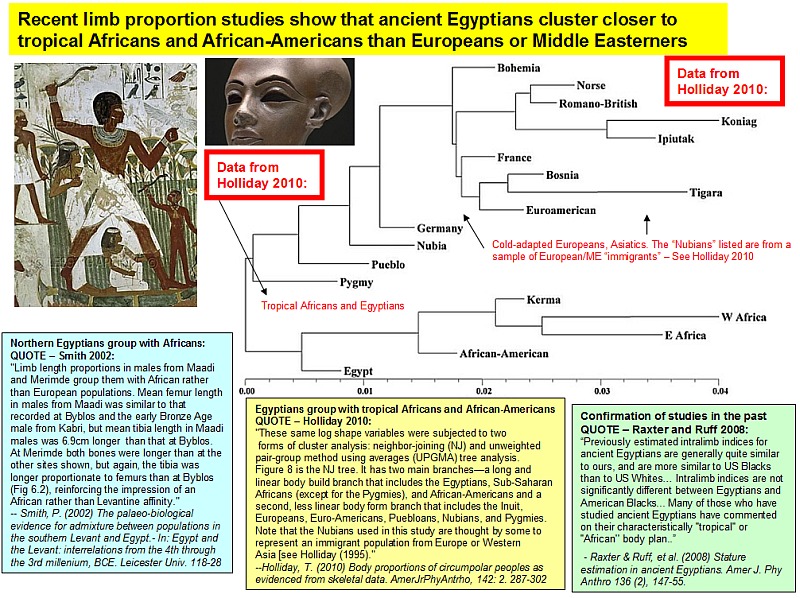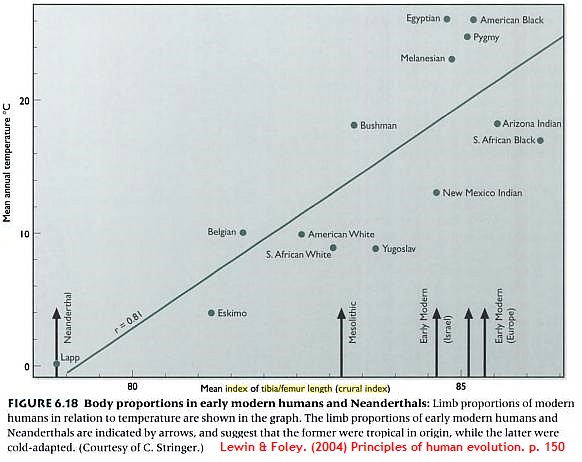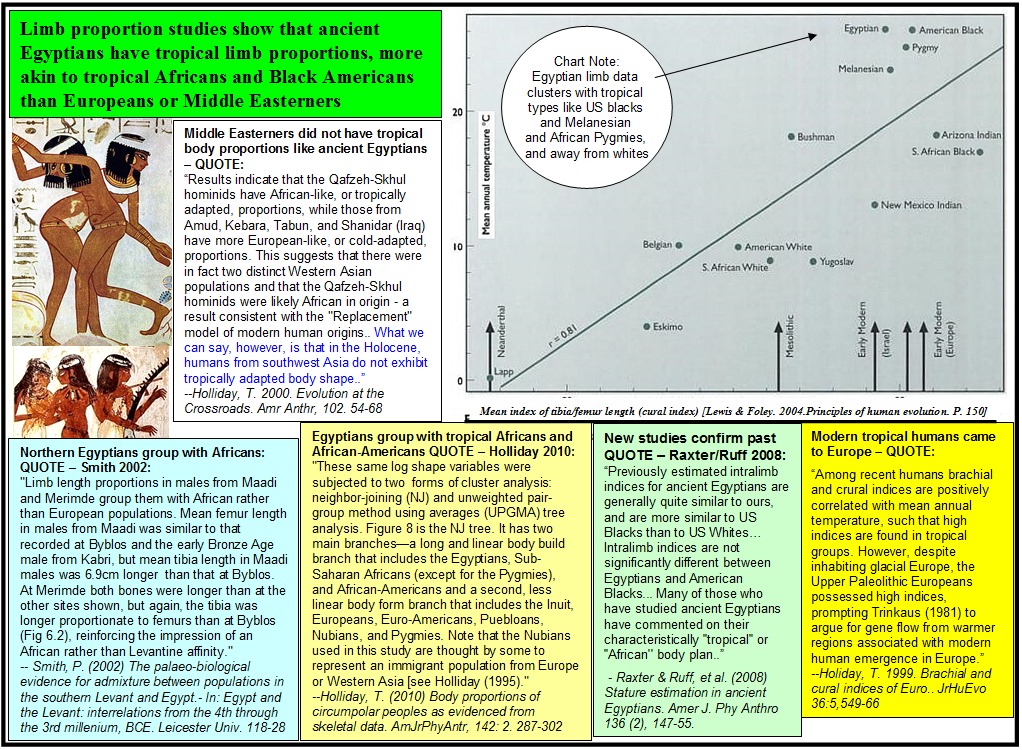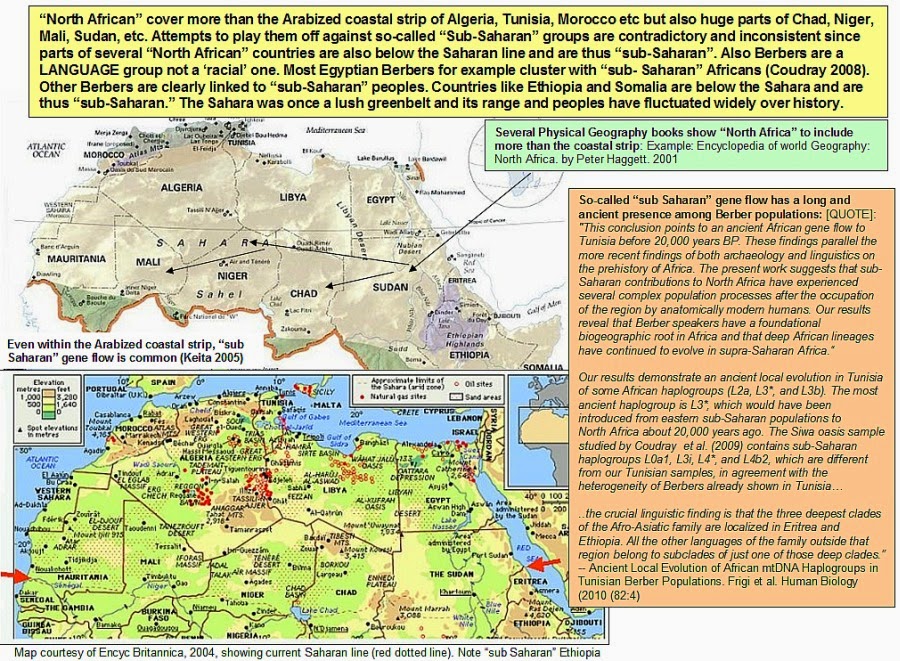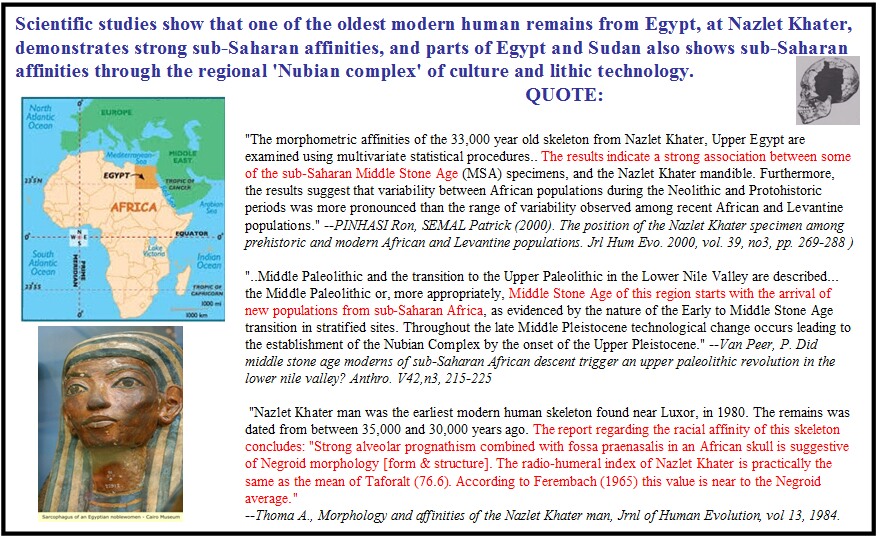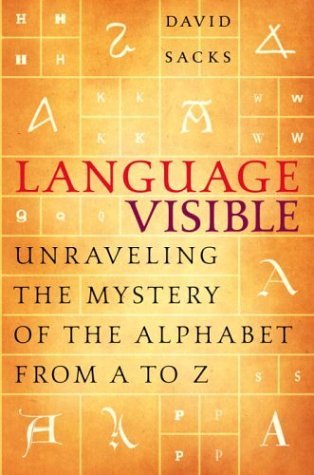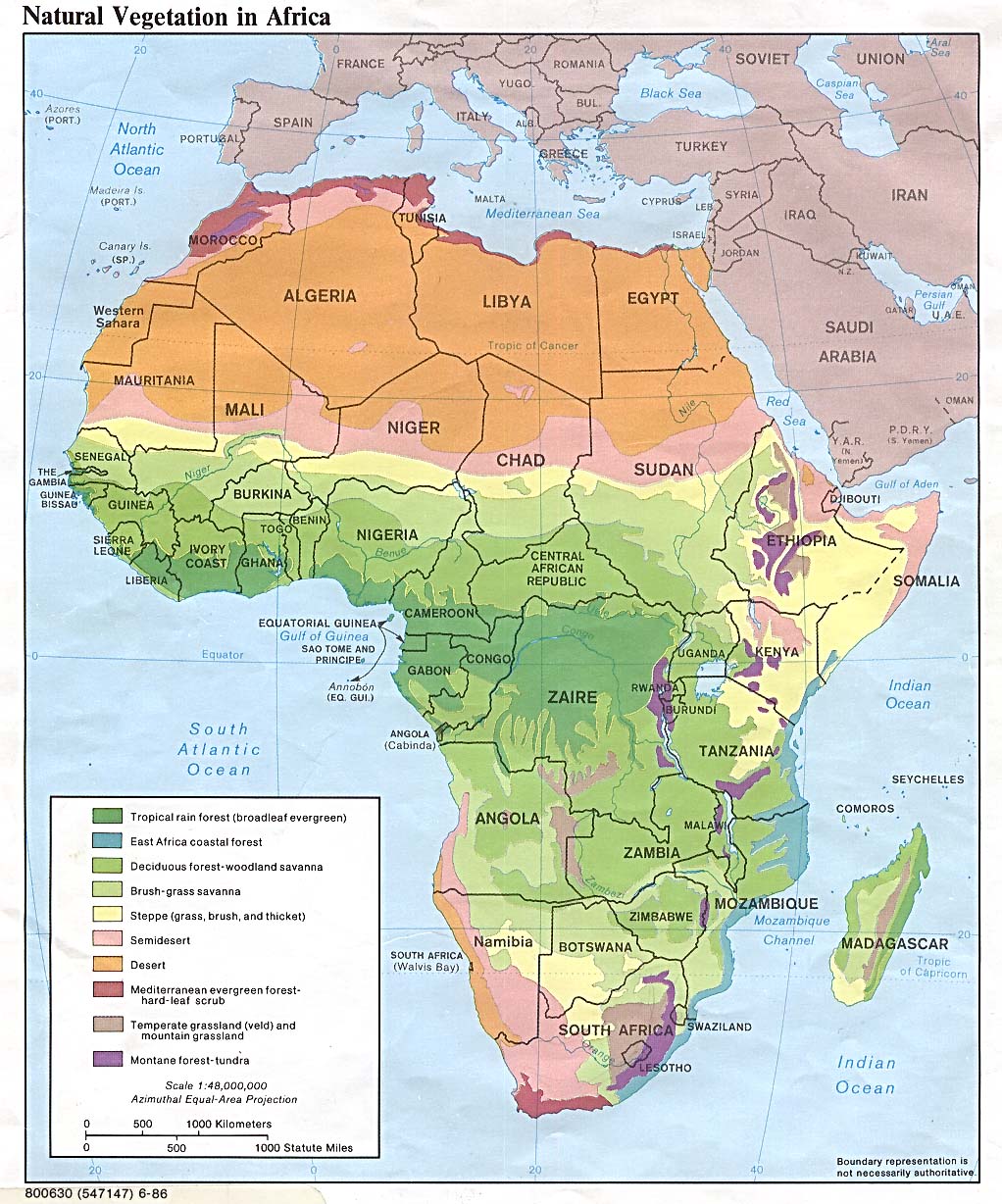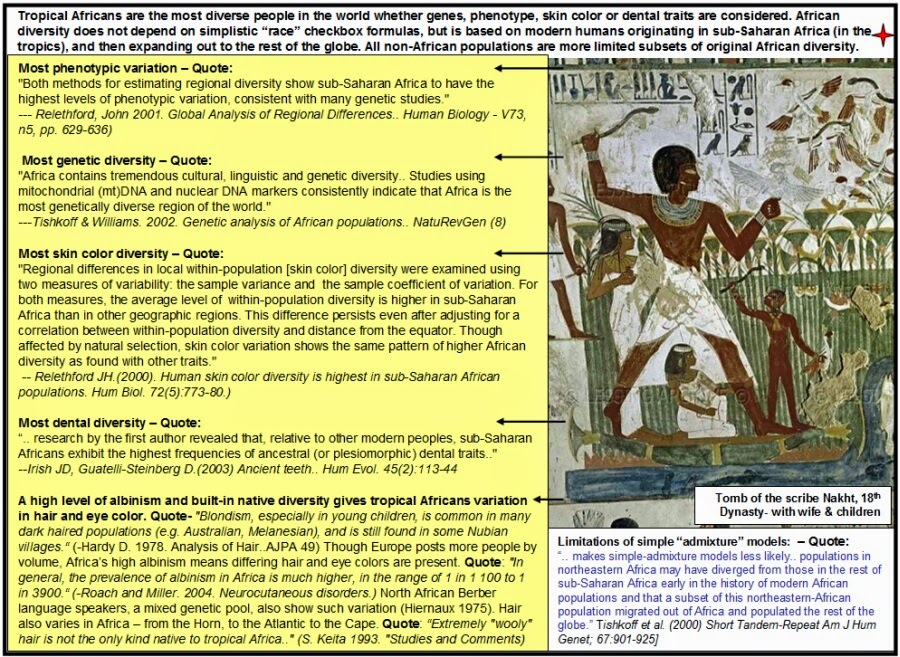Post by zarahan on Dec 10, 2010 20:22:09 GMT -5
Conservative mainstream Oxford Encyclopedia of Ancient Egypt shows
ancient Egypt derived from an African cultural sub-stratum
[QUOTE:]
"The evidence also points to linkages to
other northeast African peoples, not
coincidentally approximating the modern
range of languages closely related to
Egyptian in the Afro-Asiatic group
(formerly called Hamito-Semetic). These
linguistic similarities place ancient
Egyptian in a close relationship with
languages spoken today as far west as
Chad, and as far south as Somalia.
Archaeological evidence also strongly
supports an African origin. A widespread
northeastern African cultural assemblage,
including distinctive multiple barbed
harpoons and pottery decorated with
dotted wavy line patterns, appears during
the early Neolithic (also known as the
Aqualithic, a reference to the mild
climate of the Sahara at this time).
Saharan and Sudanese rock art from this
time resembles early Egyptian
iconography. Strong connections
between Nubian (Sudanese) and
Egyptian material culture continue in
later Neolithic Badarian culture of Upper
Egypt. Similarities include black-topped
wares, vessels with characteristic
ripple-burnished surfaces, a special
tulip-shaped vessel with incised and
white-filled decoration, palettes, and
harpoons...
Other ancient Egyptian practices show
strong similarities to modern African
cultures including divine kingship, the
use of headrests, body art, circumcision,
and male coming-of-age rituals, all
suggesting an African substratum or
foundation for Egyptian civilization.."
[endquote]
Source: The Oxford encyclopedia of ancient Egypt,
2001. Volume 3. Oxford University Press. p.28
ancient Egypt derived from an African cultural sub-stratum
[QUOTE:]
"The evidence also points to linkages to
other northeast African peoples, not
coincidentally approximating the modern
range of languages closely related to
Egyptian in the Afro-Asiatic group
(formerly called Hamito-Semetic). These
linguistic similarities place ancient
Egyptian in a close relationship with
languages spoken today as far west as
Chad, and as far south as Somalia.
Archaeological evidence also strongly
supports an African origin. A widespread
northeastern African cultural assemblage,
including distinctive multiple barbed
harpoons and pottery decorated with
dotted wavy line patterns, appears during
the early Neolithic (also known as the
Aqualithic, a reference to the mild
climate of the Sahara at this time).
Saharan and Sudanese rock art from this
time resembles early Egyptian
iconography. Strong connections
between Nubian (Sudanese) and
Egyptian material culture continue in
later Neolithic Badarian culture of Upper
Egypt. Similarities include black-topped
wares, vessels with characteristic
ripple-burnished surfaces, a special
tulip-shaped vessel with incised and
white-filled decoration, palettes, and
harpoons...
Other ancient Egyptian practices show
strong similarities to modern African
cultures including divine kingship, the
use of headrests, body art, circumcision,
and male coming-of-age rituals, all
suggesting an African substratum or
foundation for Egyptian civilization.."
[endquote]
Source: The Oxford encyclopedia of ancient Egypt,
2001. Volume 3. Oxford University Press. p.28

